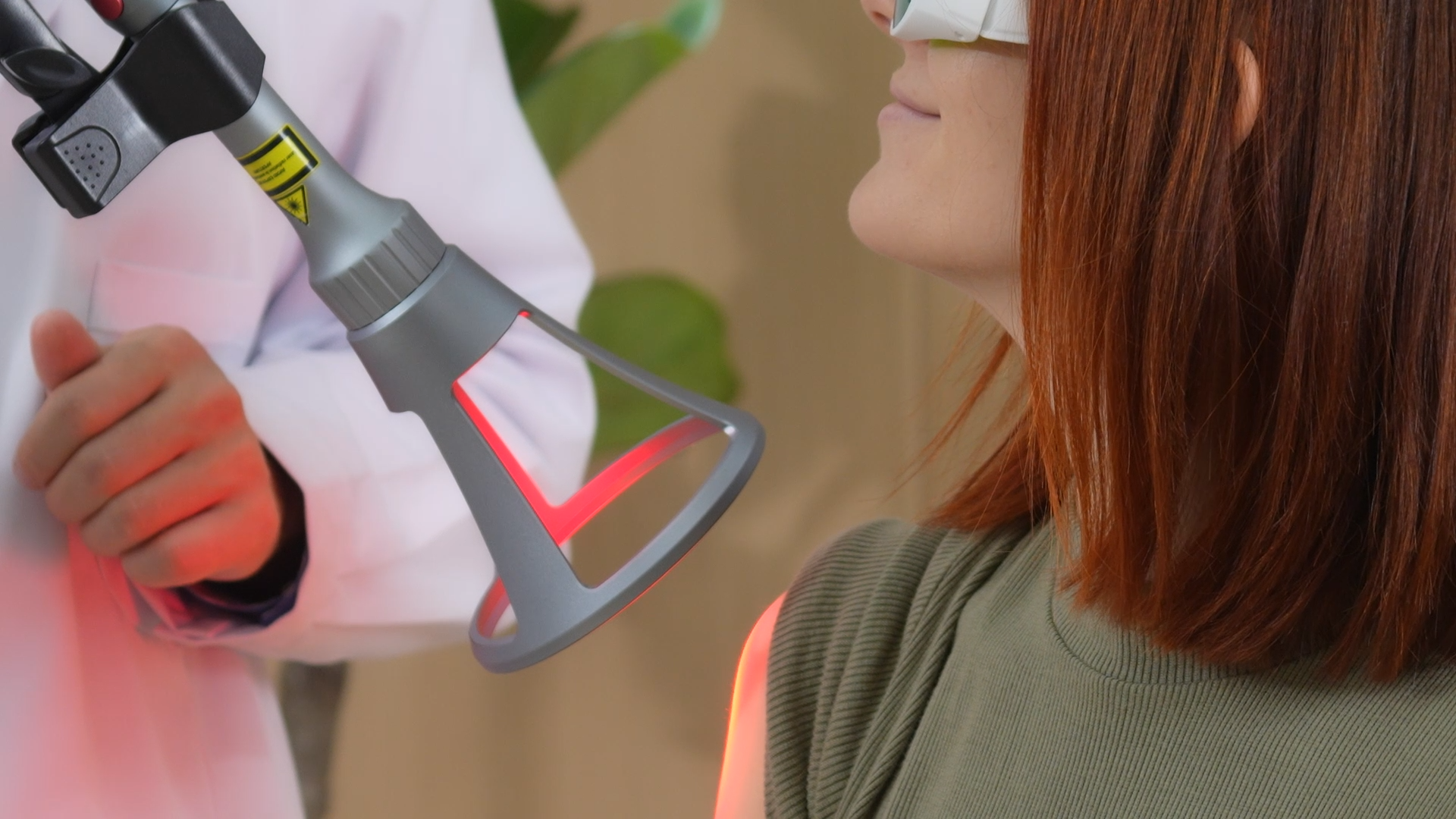Page Contents
Laser therapy, also known as low-level laser therapy (LLLT) or cold laser therapy, has garnered attention as a non-invasive and promising treatment option for a wide range of conditions. From pain management to tissue healing and cosmetic applications, this therapy has shown potential benefits. However, amidst the buzz surrounding this therapy, it’s essential to delve into the scientific evidence to answer the question: Does it actually work?
Understanding Laser Therapy
Laser therapy involves the use of specific wavelengths of light to penetrate tissues. Unlike surgical lasers that produce heat for cutting or cauterizing tissues, therapeutic lasers used in LLLT deliver light energy that stimulates cellular activity. This stimulation is believed to trigger biochemical changes, including increased cellular metabolism, enhanced circulation, reduced inflammation, and promotion of tissue repair.
Exploring the Evidence
Numerous studies and clinical trials have investigated the efficacy of the therapy across various medical fields. Here’s a breakdown of its effectiveness in key areas:
1. Pain Management:
- Research has demonstrated that this therapy effectively reduces pain by targeting pain receptors, promoting the release of endorphins (natural painkillers), and reducing inflammation.
- It has been used successfully in conditions such as osteoarthritis, rheumatoid arthritis, back pain, neck pain, sports injuries, and fibromyalgia.
2. Tissue Healing:
- Laser therapy accelerates tissue repair and wound healing by stimulating collagen synthesis, enhancing cellular metabolism, and improving blood flow to the affected area.
- It is beneficial for post-surgical recovery, wound healing, musculoskeletal injuries, and promoting tissue regeneration in conditions like diabetic ulcers.
3. Inflammation Reduction:
- Studies have shown the anti-inflammatory effects of the therapy, including reduced swelling, edema, and inflammatory markers.
- It is used in conditions such as tendinitis, bursitis, carpal tunnel syndrome, and inflammatory skin conditions like psoriasis and eczema.
4. Neurological Conditions:
- Laser therapy shows promise in neurological conditions by improving nerve function, reducing neuropathic pain, and promoting nerve regeneration.
- Healthcare providers use it in conditions like peripheral neuropathy, nerve injuries, and central nervous system disorders.
5. Cosmetic Applications:
- Laser therapy has cosmetic applications, including skin rejuvenation, acne treatment, scar reduction, and hair growth stimulation.
- It improves skin texture, collagen production, and overall skin health, making it popular in dermatology and aesthetic medicine.
Conclusion
Scientific evidence supports the efficacy of laser therapy in pain management, tissue healing, inflammation reduction, neurological conditions, and cosmetic applications. However, its effectiveness may vary based on individual factors and specific treatment protocols. Understanding the benefits and limitations of this therapy, consulting with a healthcare provider, and receiving personalized treatment recommendations are essential steps in utilizing this therapy effectively and maximizing its potential benefits for various health concerns. In summary, while this therapy can be a valuable addition to comprehensive treatment plans, informed decision-making and individualized care are key to achieving optimal outcomes.
